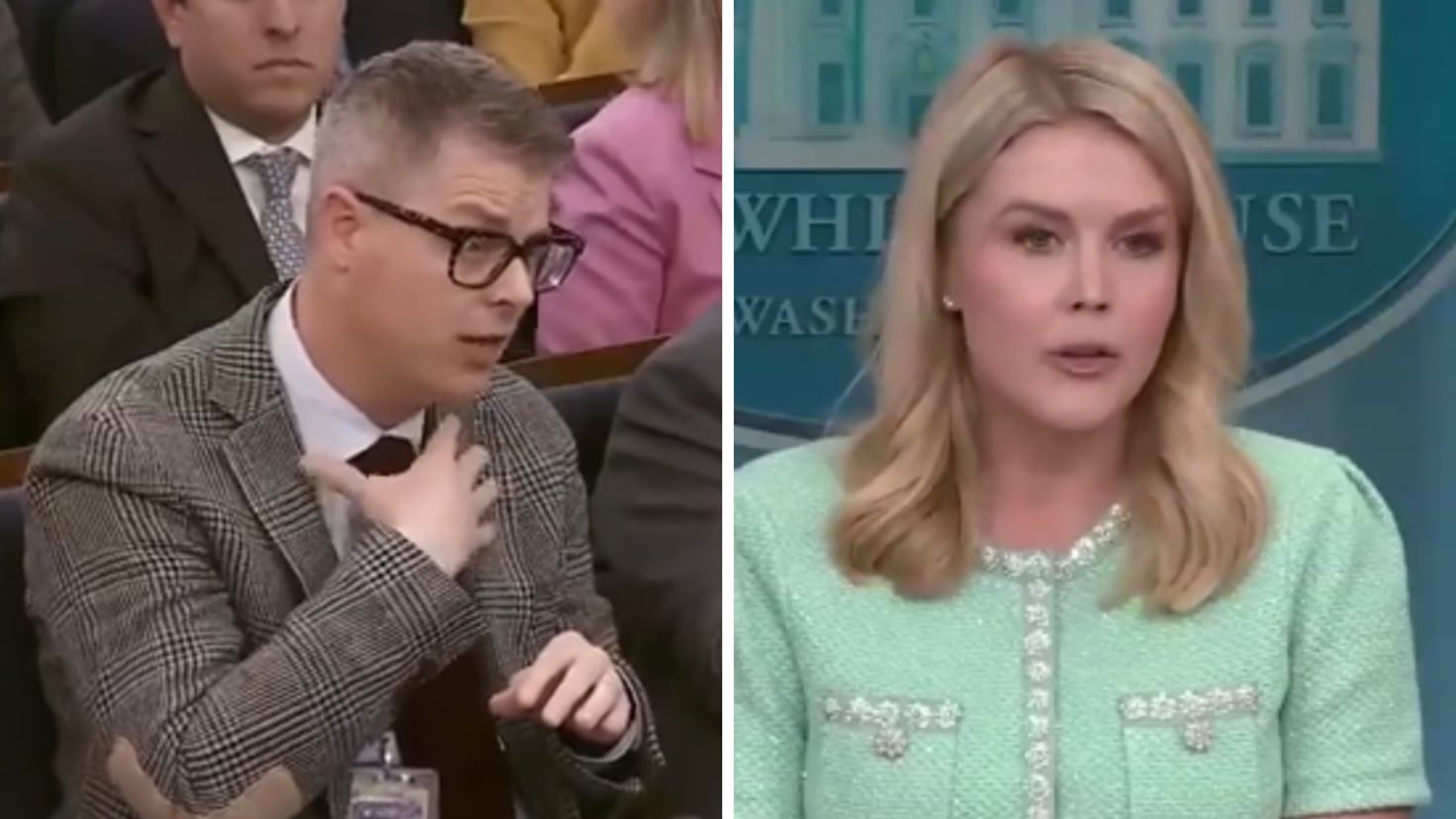Karoline Leavitt Goes Head-to-Head with AP Reporter in a Fiery Exchange! Tensions Soar as She Calls Out ‘Insulting’ Questions—You Won’t Believe What Happened Next! Watch the Shocking Moment That Left Everyone Speechless and Questioning the Integrity of the Press!
Karoline Leavitt and AP reporter Josh Boak had a heated exchange during a White House briefing, with Leavitt accusing Boak of insulting remarks. The confrontation escalated as tensions rose between the two over their differing viewpoints.
In the realm of American politics, few topics ignite as much debate as taxation and trade policy. During his presidency, Donald Trump became known for his bold economic strategies, particularly his emphasis on tax cuts and tariffs. As he embarks on his campaign trail once again, the juxtaposition of his previous tax cut agenda with his current proposals for tariffs raises questions about his economic philosophy and priorities.

When President Trump first addressed the nation as a candidate, his campaign was heavily focused on tax cuts. He promised to reduce the tax burden on individuals and businesses, arguing that lower taxes would stimulate economic growth, create jobs, and ultimately benefit the American people. The hallmark of this agenda was the Tax Cuts and Jobs Act of 2017, which significantly lowered the corporate tax rate and provided temporary tax cuts for individuals.
Trump’s administration touted these tax cuts as a means to invigorate the economy. Supporters claimed that by allowing individuals to keep more of their earnings, consumer spending would increase, leading to greater economic activity. The administration also argued that lower corporate taxes would encourage businesses to invest in the U.S., creating jobs and raising wages.
Fast forward to the present, and Trump’s economic rhetoric has taken a notable turn. As he campaigns again, he is advocating for tariffs, which he describes as a necessary measure to protect American industries from foreign competition. This shift raises an important question: why is Trump prioritizing tariffs over tax cuts?
In a recent address, Trump defended his stance by framing tariffs as a tax on foreign countries that have been “ripping us off.” He argued that these tariffs would ultimately benefit American consumers by fostering fairer trade practices. According to Trump, the revenue generated from tariffs would remain in the U.S., leading to increased wages and a wealthier nation.
However, critics of this approach point out that tariffs are, in essence, a tax on American consumers. When tariffs are imposed on imported goods, the cost is typically passed down to consumers in the form of higher prices. This contradicts the very essence of Trump’s original tax cut message, which was to alleviate the financial burden on American families.
The economic implications of tariffs are complex. While Trump argues that they will lead to a more balanced trade environment, many economists warn that tariffs can lead to trade wars, increased prices for consumers, and potential job losses in industries reliant on imported goods. The imposition of tariffs can disrupt supply chains and lead to retaliatory measures from other countries, further complicating the economic landscape.

Moreover, the argument that tariffs will lead to higher wages and a wealthier nation is contentious. While some industries may benefit from protectionist measures, others may suffer. For instance, industries that rely on imported materials may face increased costs, which could lead to layoffs or reduced investment in growth.
Trump’s pivot to tariffs can also be viewed through a political lens. By framing tariffs as a means of protecting American jobs and industries, Trump appeals to a base that is concerned about globalization and its impact on domestic employment. This populist approach resonates with voters who feel left behind by the economic changes of recent decades.

Additionally, by emphasizing tariffs, Trump can shift the narrative away from the complexities of tax policy, which can be difficult to communicate effectively to the average voter. Tariffs, on the other hand, present a clear and straightforward message: protect American jobs and industries from foreign competition.
As Trump continues his campaign, the question remains: what will be the long-term implications of his economic policies? Will he be able to reconcile his commitment to tax cuts with his current focus on tariffs? The answer may depend on the evolving economic landscape and the political climate leading up to the election.
In the coming months, it will be crucial to monitor how Trump’s proposals are received by both the public and Congress. Will lawmakers support his tariff initiatives, or will they push back in favor of traditional tax cuts? The outcome of these discussions will have significant implications for the American economy and the future of Trump’s political career.
In summary, the economic rhetoric of President Trump reflects a complex interplay between tax cuts and tariffs. While his initial campaign focused on reducing taxes to stimulate growth, his current emphasis on tariffs suggests a shift towards protectionism. As he navigates this evolving landscape, the implications for American consumers, businesses, and the broader economy remain to be seen. Ultimately, the success of his economic policies will depend on their ability to resonate with voters and deliver tangible benefits to the American people.



